Water Watch re-visited, plus an eye-opener event about regenerative farming, tricky climate concepts and ways to explain them to young children
Settling back into life’s routines after Cambridge, during half term we have had a Taster Day here and I must thank everyone who came, for making it so much fun! The children were really absorbed by our topic – A Day in the Life of a Mining Family. And our walk in the afternoon, to cut back undergrowth from an engine house, although damp was also greatly enjoyed. Parents say they really appreciate activities of this type, because they take young people away from screens and technology!
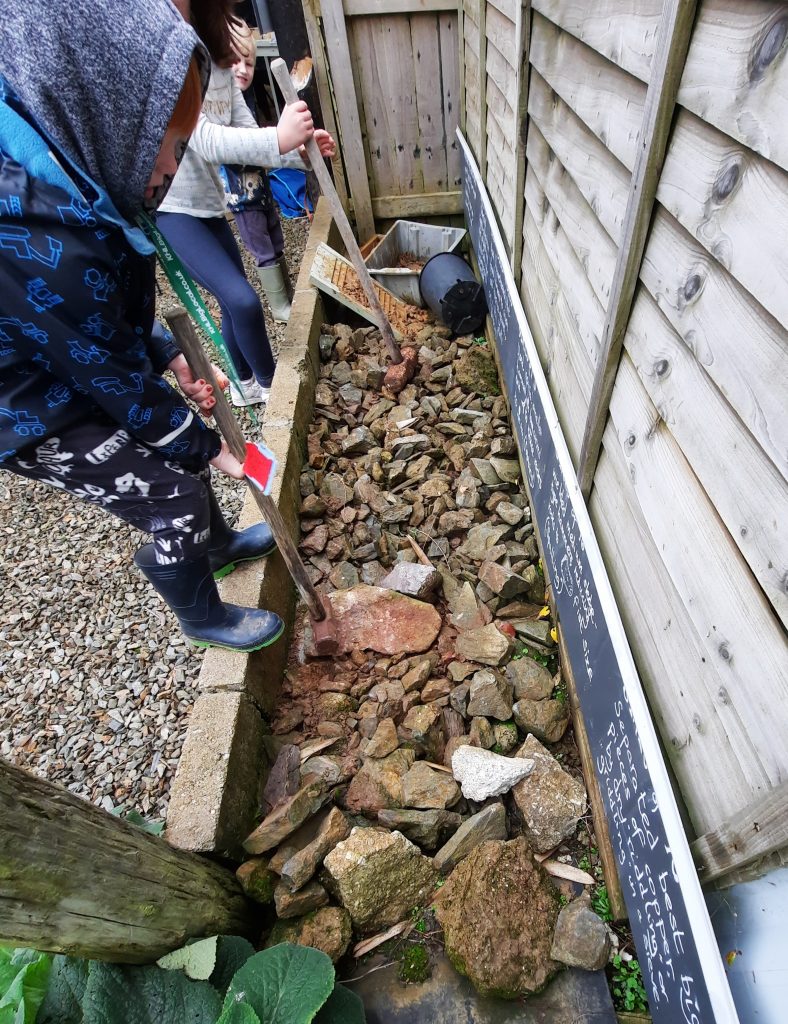
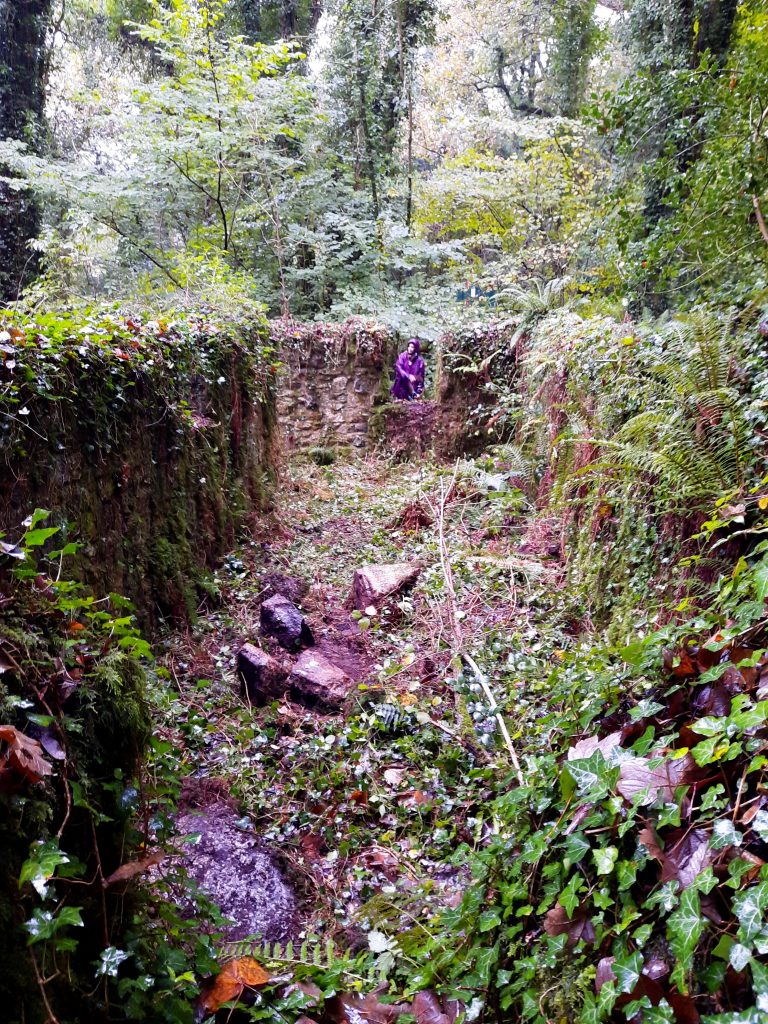
Water Watch re-visited
I was delighted to learn from a reader that the Autumn Water Watch had been undertaken by local enthusiasts here in Par and particularly on the River Fowey. Friends of Fowey Estuary then kindly replied to me
We are a friendly group of people, from all walks of life – local residents, sailors, fishermen, walkers, artists, bird-watchers, naturalists, cyclists, holiday makers and anyone who is interested in the care and well-being of the Fowey Estuary.
We didn’t take part in the Autumn Water Watch on 14, 15, 16 October as a group, though individual members may have done so. We have been encouraging members to join those of us who are already monitoring local streams and rivers, as citizen scientists, for Westcountry Rivers Trust…
https://wrt.org.uk/westcountry-csi/
I followed this exchange up with a phone call to David Moreton, of Westcountry RT and he referred me to the officers who run Citizens Science volunteers. Unfortunately, they haven’t replied to messages, so I will simply copy and paste the headlines for you.
Our Westcountry CSI aims are:
- To educate and engage people with the water environment.
- To produce data that can be used to target work and identify degrading water bodies.
- To spot pollution events which can be dealt with as quickly as possible.
- To create a network of catchment communities that are invested in their local environment
Not everyone can give up time to be a CS volunteer, so I was still determined to see whether the Water Watch survey could be done in 15 minutes as promised, despite the awkward app. And yes, once I was back on a laptop, I was able to discover an online form for reporting. This link looks a bit suspect, so if it doesn’t work please go to Planet Patrol and hunt in the text to find the right one. https://sw0fqi11ek4.typeform.com/to/BBeeYapr?typeform-source=planetpatrol.co
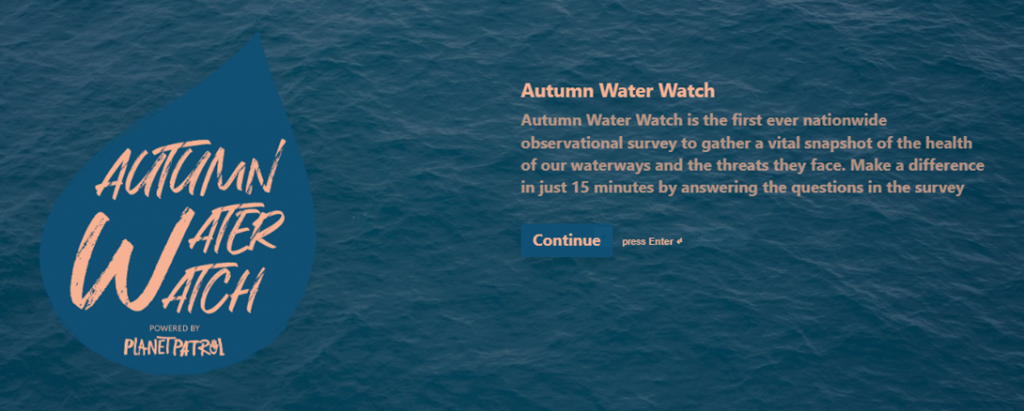
Before you start the survey, it is good to know the location of your river, stream or canal according to the system of What 3 Words.com. It could also be useful to have taken a thermometer to register the temperature of the water. The survey was only supposed to be over the weekend of 14 to 16 October, but I put the information in from memory.
I wasn’t able to submit my own photos, but having taken them I found it easier to select the most similar examples from the options shown on screen. The one below helped me respond about the state of the river banks, for example.
If you have a good memory of being by water at that time, why not give the online form a go?
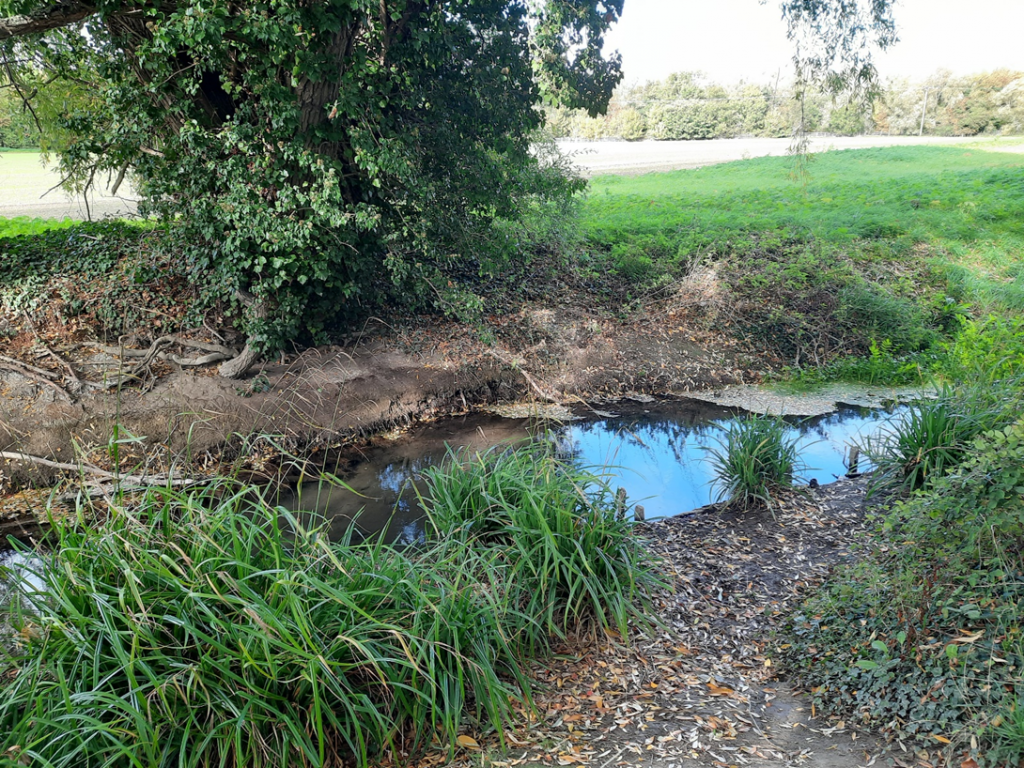
Regenerative Farming presentation – Golant Village Hall
Earlier this week I accepted an invitation to join, along with about 30 others, a community event in Golant. The farming family at the helm have already been mentioned in this blog a few times, because I know they have such a wealth of experience and knowledge to share about modern ecologically responsible farming practices. I also remember 15 to 20 years ago, when the Whell family were tenants here at Penpell, a time that was long before ‘Regenerative Agriculture’ had become familiar in the UK. But at that time an isolated pocket was underway as an experiment in the Prairies area of North America, where soils had become terribly depleted. Bridget and Martin referred to this experiment and an excellent book, written by the now renowned farmer of North Dakota, Gabe Brown. I was pleased to discover a permitted extract to share below; the only drawback being that his book title about ‘Dirt’ is not a great one for UK readers!
The following excerpt is from the introduction of Gabe Brown’s book Dirt to Soil: One Family’s Journey into Regenerative Agriculture (Chelsea Green Publishing, 2018) and is printed at
https://www.resilience.org/stories/2022-06-08/dirt-to-soil-excerpt/ with permission from the publisher.
Our lives depend on soil. This knowledge is so ingrained in me now that it’s hard for me to believe how many soil-destroying practices I followed when I first started farming. I didn’t know any better. In college I was taught all about the current industrial production model, which is a model based on reductionist science, not on how natural ecosystems function. The story of my farm is how I took a severely degraded, low-profit operation that had been managed using the industrial production model and regenerated it into a healthy, profitable one. The journey included many trials and constant experimentation, along with many failures and some successes. I’ve had many teachers, including other farmers and ranchers, researchers, ecologists, and my family. But the best teacher of all is nature herself.
In the everyday work of my farm, most of the decisions I make, in one way or another, are driven by the goal of continuing to grow and protect soil. I follow 5 principles that were developed by nature, over eons of time. They are the same any place in the world where the sun shines and plants grow. Gardeners, farmers, and ranchers around the world are using these principles to grow nutrient-rich, deep topsoil with healthy watersheds.
The five principles of soil health are:
- Limited disturbance. Limit mechanical, chemical, and physical disturbance of soil. Tillage destroys soil structure. It is constantly tearing apart the “house” that nature builds to protect the living organisms in the soil that create natural soil fertility. Soil structure includes aggregates and pore spaces (openings that allow water to infiltrate the soil). The result of tillage is soil erosion, the wasting of a precious natural resource. Synthetic fertilizers, herbicides, pesticides, and fungicides all have negative impacts on life in the soil as well.
Bridget and Martin explained how they have severely curtailed the amount of ploughing that happens on their land. They use an alternative, of a special drill to cut into old pasture or crop remains and drop in seed .. it is called direct drilling and is often used for growing a winter food crop, such as turnips in the stubble left from a corn harvest.
They were challenged with regard to their use of Round-Up type weedkillers, by a bee keeper enthusiast in the audience and admitted they would like to be able to use less, but consider that spraying once, to establish the direct drilled crops, is a significant improvement on past practice, if not a perfect solution. Bridget added afterwards ‘We are currently working on the balance between more soil disturbance or more chemistry – neither ideal but farming is a management of nature and therefore is about finding the methods that cause the least damage.’
Visiting the Farmers Weekly magazine website the next day, I discovered that comparisons of different drills in farm trials come up with very different results .. quite intriguing. Narrow width appears to be best, for keeping slugs at bay!

- Armour / Cover. Keep soil covered at all times (e.g. with mulch or growing crop). This is a critical step toward rebuilding soil health. Bare soil is an anomaly—nature always works to cover soil. Providing a natural “coat of armour” protects soil from wind and water erosion while providing food and habitat for macro- and microorganisms. It will also prevent moisture evaporation and germination of weed seeds.
Bridget addsEcologically, exposed soil will suffer from the damage of direct sunlight but also the change in temperature – extreme heat and cold is not healthy for soils developed in a temperate climate.
Diversity. Strive for diversity of both plant and animal species. Where in nature does one find monocultures? Only where humans have put them! When I look out over a stretch of native prairie, one of the first things I notice is the incredible diversity. Grasses, forbs (herbaceous flowering plants), legumes, and shrubs all live and thrive in harmony with each other. Think of what each of these species has to offer. Some have shallow roots, some deep, some fibrous, some tap. Some are high-carbon, some are low-carbon, some are legumes. Each of them plays a role in maintaining soil health. Diversity enhances ecosystem function.

At Leyonne Farm the Whell family have been testing a range of options. Chicory has proved to be particularly valuable, with tap roots around 9 inches long. Being in an area of Outstanding Natural Beauty (AONB) they also qualify for special funding that has been paying for carefully chosen, well-spaced tree planting. Some are oaks, but a line of willow will be grazed and harvested as a kind of dry cut crop called Tree Hay. The outer and upper branches are cut back, when in full leaf. The twigs and leaves are dried and used, in a similar way to grass hay, as apparently happened many centuries ago. Indeed, we are told it is one of the oldest hay types in the history of mankind.

Living roots. Maintain a living root in soil as long as possible throughout the year. Take a walk in the spring and you will see green plants poking their way through the last of the snow. Follow the same path in late fall or early winter and you will still see green, growing plants, which is a sign of living roots. Those living roots are feeding soil biology by providing its basic food source: carbon. This biology, in turn, fuels the nutrient cycle that feeds plants. Where I live in central North Dakota, we typically get our last spring frost around mid-May and our first fall frost around mid-September. I used to think those 120 days were my whole growing season. How wrong I was. We now plant fall-seeded biennials that continue growing into early winter and break dormancy earlier in the spring, thus feeding soil organisms at a time when the cropland used to lie idle.

- Integrated animals. Nature does not function without animals. It is that simple. Integrating livestock onto an operation provides many benefits. The major benefit is that the grazing of plants stimulates the plants to pump more carbon into the soil. This drives nutrient cycling by feeding biology. Of course, it also has a major, positive impact on climate change by cycling more carbon out of the atmosphere and putting it into the soil. And if you want a healthy, functioning ecosystem on your farm or ranch, you must provide a home and habitat for not only farm animals but also pollinators, predator insects, earthworms, and all of the microbiology that drive ecosystem function.
Martin and Bridget undertake extensive gathering of data, entering every field’s information in immense detail – about height of grass (for productivity), mix of grasses with herbs, weeds, soil texture/quality and moisture etc. The picture below is called a Grass Wedge record, with the left side of graph measuring kilos of ‘dry matter’ (that’s lunch, if you are a cow!). Please ask if you would like to have more detailed info, which Bridget has supplied. The main point is to understand levels keep changing day to day; fields that have just been grazed move to the right, so a wedge is maintained.

An established practice of Regenerative Agriculture, which is central to their methods as they work in collaboration with another farm nearby and the local Trewithen Dairy, is the addition of grazing by animals to a crop rotation. This has been shown to improve soil condition markedly. Taken together, the measures above will raise the level of organic matter, which in turn means capturing more carbon in the soil. Scientists say a global soil improvement of 1.6% (which really does not sound like a great amount) could make a very significant improvement to the impact of global warming. As a parting shot, Bridget told us regeneration of the entire prairies of North America could return global atmospheric CO2 to pre-industrial levels. How absolutely amazing!
Gabe Brown concludes: –
I return to these principles over and over again. They are ingrained in everything I do on my ranch. It is my hope that, by the time you finish reading my book, you will not only know them by heart, but you will want to take advantage of them to regenerate your ecosystem, too. This is the journey of Dirt to Soil.
Ways to explain the climate emergency & carbon capture to younger readers
As is frequently the case, I have been trying to figure ways of writing up climate issues such as these for children. Below you will find my first go on the topic of soil and carbon sequestration (what a mouthful that is!). I need to use this within a collection of info for a Climate Festival in the New Year. Please do let me know a) if it makes sense b) if you kind of like it and/or c) if you have a better idea!
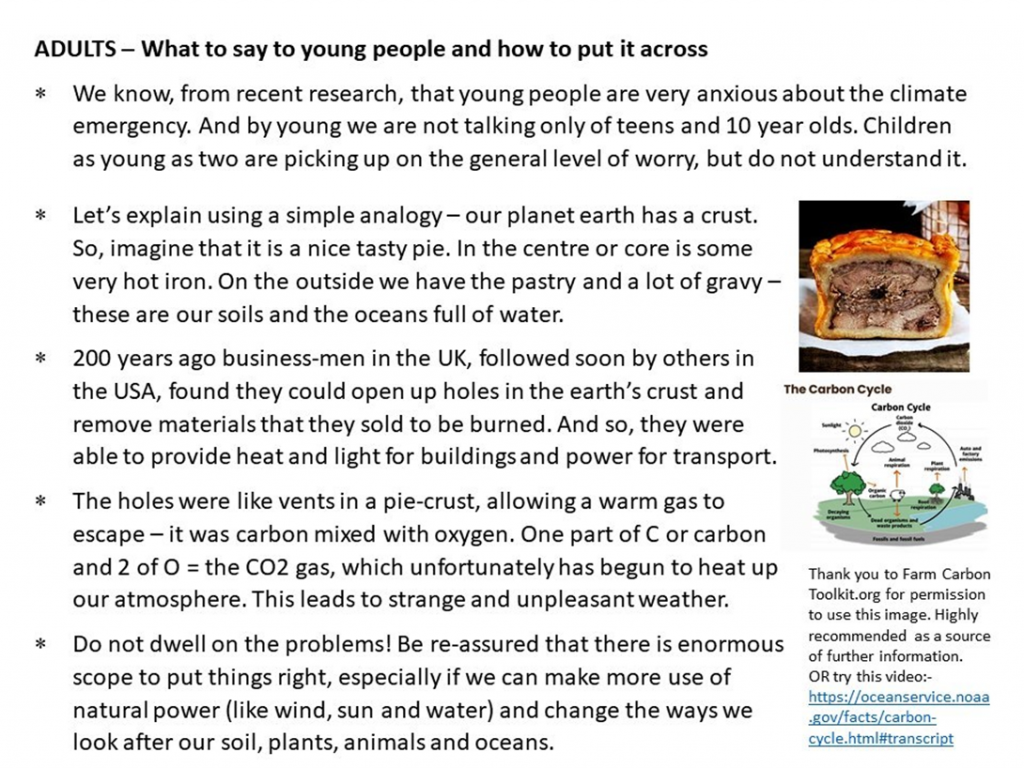
I have added 2 further reading sources on the page above, both highly recommended. The entire website of Farm Carbon Toolkit is a great resource and I added the ocean service video, because many people prefer to watch a film, as a starting point, rather than reading.
That concludes the topic of Regenerative Farming, for now. Big, big thanks to Martin and Bridget Whell for their presentation and time they have given helping to amend/improve this week’s blog.
Next week be sure to visit again, for a fascinating interview with Augusta Grand (Gus), who runs the Geo-thermal developments at Eden Project.

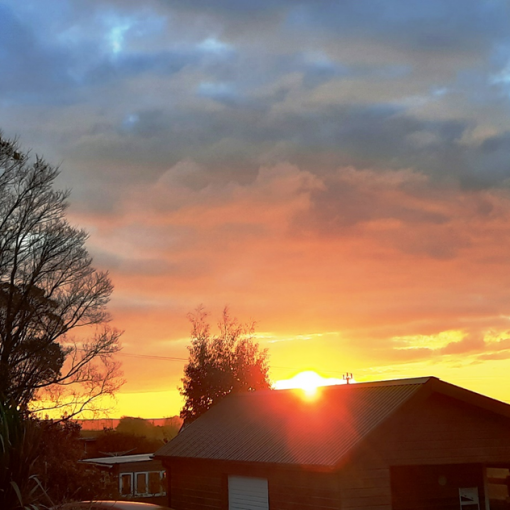

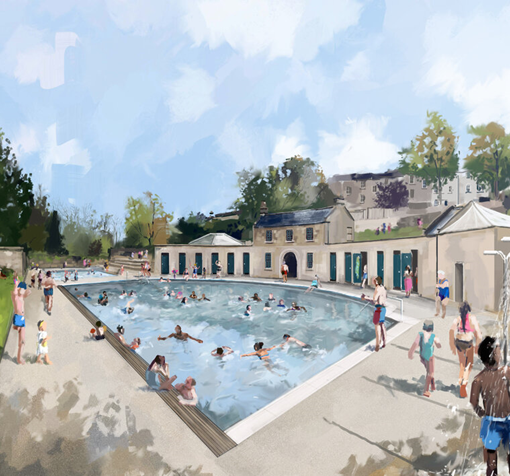
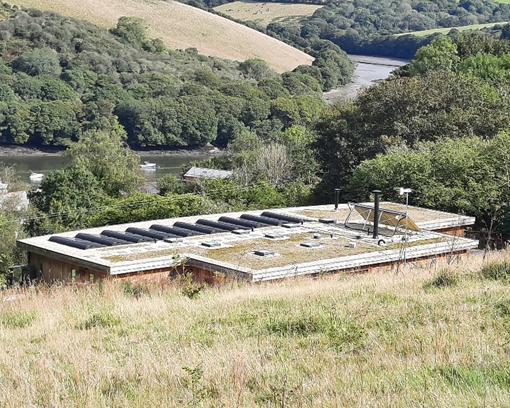
2 thoughts on “GF Blog 22 Week 45”
An interesting film about research on regenerative farming is “Kiss the Ground” on Netfilx if you have it.
Thank you for letting me know. I unsubscribed from Netflix a while back but might get going again when the final version of the Crown is on!
I will copy your comment and put it in the other place, if you don’t mind … that’s Hearts of Green on FB.
All the best C